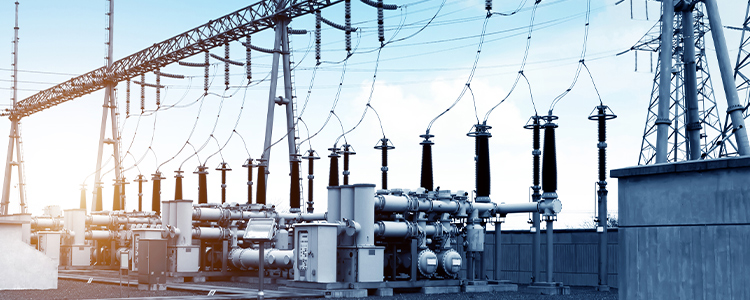- All
- Product Name
- Product Keyword
- Product Model
- Product Summary
- Product Description
- Multi Field Search


Views: 0 Author: Site Editor Publish Time: 2024-09-02 Origin: Site
Three-phase transformers are vital components in power distribution, converting high-voltage electricity to lower levels for use in homes and businesses. However, like all electrical equipment, they can encounter issues that affect their performance and safety. This article explores common problems with three-phase transformers, their causes, and troubleshooting tips to help maintain their efficiency and longevity.
Three-phase transformers are designed to handle three-phase electrical systems, which are used for their efficiency in power generation, transmission, and distribution. These transformers can step up or step down voltage levels, making them essential for adapting electrical power to the needs of different applications.
Three-phase transformers operate on the principle of electromagnetic induction, where a magnetic field is created by the primary winding and linked to the secondary winding. The voltage is transformed based on the turns ratio of the windings. These transformers are characterized by their ability to handle higher loads and provide a more stable and balanced power supply compared to single-phase transformers.
While three-phase transformers are robust and reliable, they can experience several common issues that need to be addressed to ensure optimal performance and safety.
Overheating is a significant issue that can lead to transformer failure. It is often caused by overloading, insufficient cooling, or high ambient temperatures. Overheating can damage the insulation and other components, leading to short circuits or transformer failure.
Insulation failure is another common problem, often due to aging, contamination, or excessive heat. This can result in short circuits, grounding issues, or even transformer fires. Regular maintenance and monitoring are essential to prevent insulation breakdown.
Unbalanced loads can cause uneven heating and increased losses in transformers. This issue is often due to unequal distribution of single-phase loads across the three phases. It can lead to overheating and reduced efficiency, impacting the transformer’s performance and lifespan.
Contamination from dust, moisture, or chemical exposure can lead to corrosion of the transformer’s components. This can affect the insulation and overall performance. Regular cleaning and inspection are necessary to prevent contamination-related issues.
Mechanical damage can occur due to external factors such as impacts, vibrations, or improper handling. This can lead to misalignment, loosening of components, or even physical damage to the transformer. Proper installation, handling, and maintenance are crucial to prevent mechanical issues.
To ensure the efficient operation of three-phase transformers, regular troubleshooting and maintenance are essential.
Conduct regular visual inspections to check for signs of wear, leakage, or damage. Use infrared thermography to detect hot spots and potential overheating issues. Perform insulation resistance tests to check for insulation breakdown.
Monitor the load distribution across all three phases to ensure balance. Use load monitoring devices to detect unbalanced loads and redistribute them as necessary to prevent overheating and efficiency loss.
Keep the transformer and its surroundings clean to prevent contamination and corrosion. Ensure proper ventilation and cooling to maintain optimal operating temperatures. Use dehumidifiers or moisture control systems in humid environments.
Inspect and tighten all mechanical connections regularly. Address any signs of mechanical damage or misalignment promptly to prevent further damage. Ensure proper handling and transportation to avoid mechanical stress on the transformer.
For complex issues or those beyond routine maintenance, consult qualified professionals or technicians. They can perform detailed diagnostics, repairs, and replacements as needed to ensure the transformer operates efficiently and safely.
Three-phase transformers are critical for efficient power distribution, but they require regular maintenance and attention to prevent common issues such as overheating, insulation failure, unbalanced loads, contamination, and mechanical damage. Regular inspection, monitoring, and proper handling are essential to ensure optimal performance and longevity. For complex issues, consulting professionals is advisable to ensure safe and effective solutions. By addressing these common issues proactively, businesses can maintain the efficiency, reliability, and safety of their three-phase transformers, ensuring uninterrupted power supply and reducing the risk of costly downtime and repairs.
content is empty!